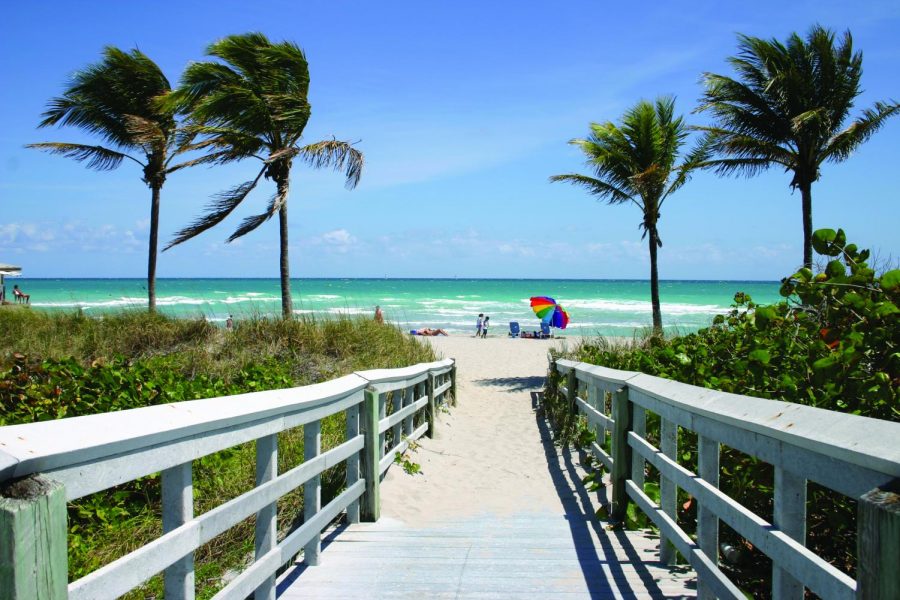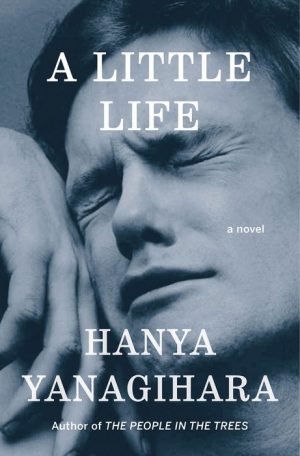The Dark Side of the Sunshine State
March 12, 2019
Though lovingly dubbed the Sunshine State, Florida certainly doesn’t lack a dark side. Behind the shining smiles of kids frequenting Orlando’s many theme parks and the eclectic menagerie of inebriated spring breakers up and down the coasts, there exists a shadowy underbelly where murder and mayhem run rampant.
From the recently convicted Samuel Little to the terrifying Aileen Wuornos, Florida isn’t lacking in serial murder. According to a 2015 Huffington Post article, Florida has the 3rd highest number of serial killers in the U.S. Since 1900, there have been 778 serial murders throughout the state. Adjusted for population inflation, that means that Florida now boasts an average of 9.92 serial killings per one million.
The Buzz About Bundy
If the sheer amount of serial killings isn’t terrifying enough, Florida is also home to some of the most notorious serial murder convictions. Making headlines once again for the 30th anniversary of his execution, arguably the state’s most famous serial murderer is a prime example of the darkness lurking just below Florida’s sunny surface.
Spawning a hit Netflix docuseries and a Sundance feature starring Zac Efron, it’s clear that the public, especially Floridians, are transfixed by Bundy’s eerily intriguing exploits.
Bundy’s story, while horrifying, is particularly enthralling because it has the benefit of being complete. We’ve identified the killer, the mystery is solved, and now we’re left speculating not about what happened, but about how a person could commit such heinous crimes.
However, not all serial murders are solved, and not all killers are caught. In fact, there is a very real chance that one such killer is lurking much closer to home.
The Daytona Beach Killer
In the winter of 2006, three Daytona Beach women were murdered in the span of about three months, with a fourth victim appearing almost two years later. The victims, Laquetta Gunther, Julie Green, Iwana Patton, and Stacey Gage all engaged in what investigators have called “risky” activity, including but not limited to prostitution and drug abuse. They all received homelessness assistance in some way. Each victim was killed via a shot to the head, except Patton, who appeared to have struggled with her killer. Though not initially considered to be serial murders, Daytona police later suspected that these deaths could be attributed to the same killer, a killer who has never been apprehended.
There are several theories that attempt to explain the Daytona Beach murders, some that are arguably far-fetched, and others that lead back to a junkyard located right here in DeLand.
The Long Island Serial Killer
Some of the earliest explanations for the Daytona Beach murders connected the killings to similar ones in Long Island and Atlantic City, typically attributed to an unidentified serial killer known as the Long Island serial killer. It was suggested that because each set of murders featured four victims and the same modus operandi, the murders may have been committed by the same person as they made their way down the east coast.
Critics of this theory cite that both the murders in Long Island and in Atlantic City featured no significant lapse of time in between murders, unlike the murders in Daytona. Though this seems to suggest that the Daytona Beach killer and the Long Island Serial killer are probably different individuals, there are cases of killers taking breaks from criminal activity to focus on other tasks – particularly building a family – and therefore can’t be ruled out completely.
The Mansfield Brothers and the DeLand Junkyard
Research investigators and documentarians, Joshua Zeman and Rachel Mills, investigated the Daytona Beach killer for their television program “The Killing Season.” Through their research, they found that the murders may be connected to Gary Mansfield, brother to convicted serial killer William “Billy” Mansfield, who was charged in 1981 with the first degree murder after police found the remains of six young girls on the property the Mansfield family owns in Hernando County, near Weeki Wachee. Gary Mansfield was charged with accessory to murder, but later had the charges dropped by agreeing to testify against his brother.
Flash forward to January 2006, when the body of Julie Green, was found. Unlike the other two victims, Laquetta Gunther and Iwana Patton, whose bodies were found with traces of foreign DNA, no DNA was recovered from Green. However, investigators did find unique tire tracks that led them to a junkyard in DeLand.
According to a coworker who was present for the police search, the tires were found on the van of the owner of the junkyard, Gary Mansfield.
Though initially, this seemed to connect the second Mansfield brother with his own set of serial killings, it was quickly ruled implausible. When asked about the tires, Mansfield stated that he had gotten them from another junkyard after the time of the murder. He was later cleared of DNA and the tires were never corroborated.
The I-4 Corridor murders
Yet another theory attempts to tackle the Daytona Beach murder. In 2010, Walter Pacheco of the Orlando Sentinel published an article suggesting that the four Daytona murders were actually part of a larger serial killing network extended along I-4 from Tampa to Daytona. Based on evidence from previous police and FBI investigations, Pacheco posited the Daytona murders are just four out of 19 similar murders committed by the same killer, potentially a long-haul truck driver selecting victims from truck stops, a practice at least 10 other convicted serial killers have used.
Aside from the Daytona Beach Police Department, no other county or city will declare that they are investigating a potential serial case. Though this doesn’t necessarily detract from the potential of this theory, it does suggest that more information needs to be found before it can be made more plausible.
Bikes and Bloodshed
The final theory claims that the Daytona Beach murders were a far more local affair. Friends of the victims claim that the first three women knew each other fairly well, as they all lived within a few blocks of one another. Laquetta Gunther, the first victim, appears to have had some kind of relationship with a member of the Outlaws Motorcycle Club’s Daytona Beach chapter. Rumors suggest that Gunther may have cheated on this member, and an associate of the club killed her in order to prove his loyalty to the club. This same associate is reported to have overheard Patton and Green discussing the details surrounding Gunther’s death, and killed them as well.
While this theory doesn’t account for Stacey Gage’s murder two years later, subscribers to this theory claim that her death is unrelated to the other three, and may, in fact, be the only one of the four Daytona murders that is part of the potential serial killings on the I-4 corridor.
For Now…
For now, these various theories are just that – theories. Investigators are still working to piece together the limited evidence they have from these cases to determine what happened to the victims of the Daytona Beach killer and to apprehend to individual responsible.
Though we may never have all the answers about these mysterious murders, one thing is for certain. Whether it’s the notoriety of Bundy’s crimes or the startling proximity of the Daytona Beach killer murders, the stories of these killers and their frightening deviance invite us to engage in our own dark curiosities.










cbd oil sweden • Jul 10, 2019 at 6:49 am
Even though initially, this seemed to be able to connect the second Mansfield brother along with his own set in place of serial killings, that was quickly ruled implausible. When asked about the particular tires, Mansfield stated that will he got them through another junkyard after typically the time of the tough. He was later cleaned of DNA and typically the tires were never corroborated.
https://se.formulaswiss.com/